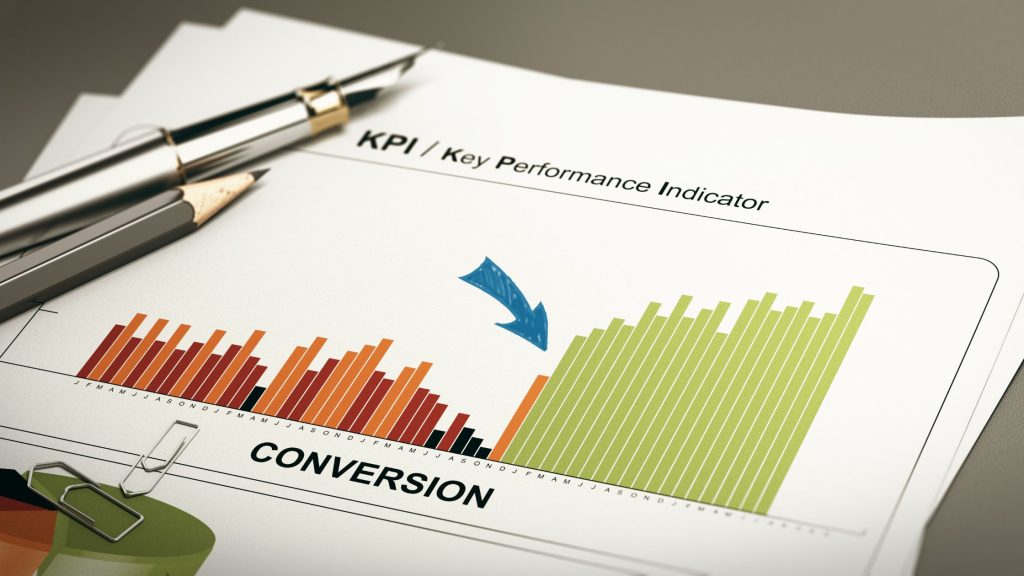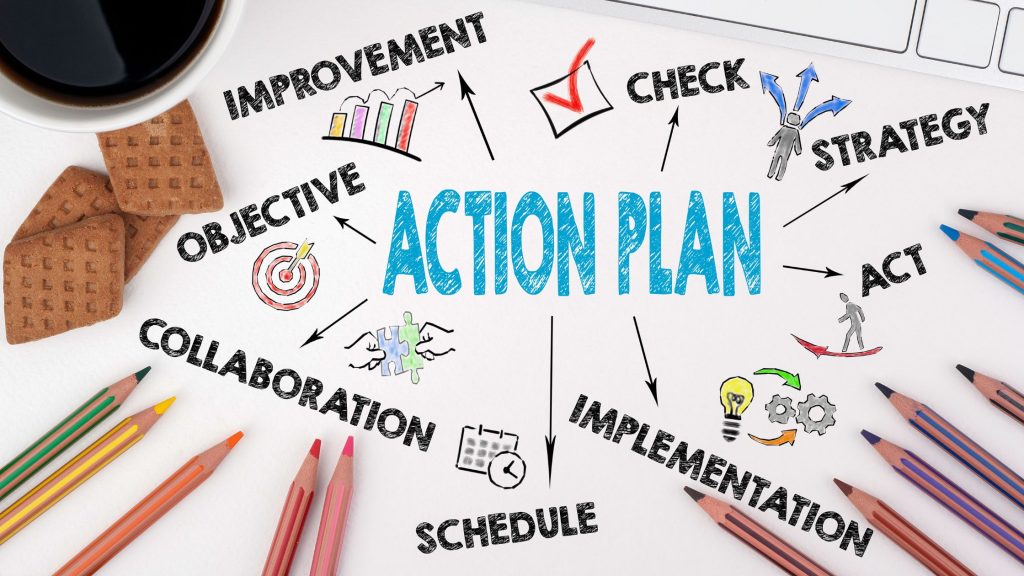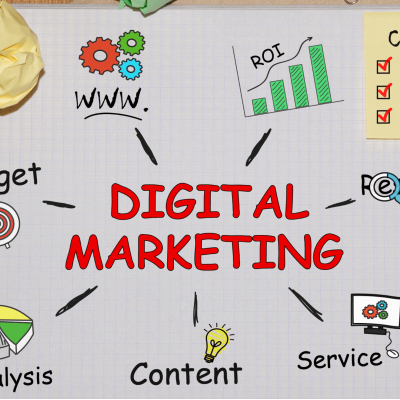Your Website Isn’t Dead—It’s Just Hungry for Strategy
Your website isn’t broken—it’s starving for attention in all the wrong ways. Maybe it loads, looks decent, and has some content… but still fails to convert. That doesn’t mean it’s dead. It means it’s missing the strategic fuel it needs to thrive—and we’re about to fix that.

Diagnose Before You Dramatize: Is Your Website Really “Dead”?
When a website isn’t performing, it’s tempting to declare it a total failure and start over. But before you scrap your site or launch an expensive rebrand, it’s time to step back and diagnose the problem. Nine times out of ten, the issue isn’t that your website is dead. It’s just malnourished.
Here are some telltale signs your site is underperforming and might just be missing its strategic heartbeat:
- Traffic is steady, but conversions are low. You’re getting visitors, but they’re not taking action. That usually means your content or calls-to-action aren’t compelling enough.
- Visitors don’t spend much time on your pages. If people leave after only a few seconds, your website isn’t meeting their expectations.
- Your bounce rate is high. This could indicate confusing navigation, irrelevant content, or poor mobile performance.
- You’re ranking for irrelevant or low-value keywords. Traffic doesn’t matter if it’s not the right traffic. Ranking for terms your audience doesn’t care about won’t move the needle.
- Your site looks good, but lacks clear direction or CTAs. Visual design matters, but strategy converts. A pretty site that lacks purpose won’t deliver results.
Many websites suffer from being built without a defined strategy. Business owners often focus on getting something online quickly, then wonder why it doesn’t generate leads or sales.
The good news? You don’t need a full teardown. You just need to feed it strategy.

Feed It Strategy: What Your Website Really Needs
Your website isn’t just a digital brochure—it’s a business tool. And like any tool, it requires planning, structure, and regular maintenance to work effectively. If your website isn’t pulling its weight, here are the key areas to nourish it with strategic focus.
1. Clear Goals for Every Page
Every page on your website should have a purpose. If you’re unclear on what you want visitors to do, they will be too. Whether it’s driving newsletter sign-ups, sales, or consultation bookings, every page needs a specific goal.
Ask yourself:
- What do I want users to do on my homepage?
- Is my about page supporting trust and authority?
- Does my blog help with SEO or customer education?
- Is my product page optimized for conversions?
Each of these should have intentional content, layout, and design choices aligned with their goal.
A page without a clear goal is like a road without a destination—people will stop traveling.
2. Strong Calls-to-Action (CTAs)
One of the most overlooked aspects of web design is the CTA. A good CTA guides the user to the next step in their journey. A weak or missing CTA leaves them confused or disinterested.
Instead of vague phrases like “Click here” or “Learn More,” use specific, action-oriented language:
- “Download Your Free Guide”
- “Schedule a Consultation”
- “Claim Your Discount”
- “Start Your Free Trial”
- “Let’s Talk Strategy”
These are clear, confident, and outcome-driven. Also, don’t bury them. Make CTAs visible above the fold, in headers, or after persuasive content sections.
Consistency is key. A CTA shouldn’t be an afterthought—it should be baked into every page’s structure.
3. Search Engine Optimization (SEO)
Without SEO, your website is shouting into the void. You might have amazing content, but if no one can find it, it’s useless.
Here are basic SEO strategies to start with:
- Keyword Research: Use tools like Ubersuggest, SEMrush, or Google Keyword Planner to find what your audience is searching.
- On-Page Optimization: Include primary keywords in your page titles, meta descriptions, headers (H1, H2, etc.), and alt tags for images.
- Content Quality: Create long-form, value-rich blog posts and guides that answer specific questions your audience has.
- Technical SEO: Make sure your site is mobile-friendly, has a fast load speed, and uses proper schema markup.
When done right, SEO turns your site into a traffic magnet.
4. User Experience (UX) Design
A beautiful site means nothing if users can’t navigate it easily. UX is all about making your site intuitive and enjoyable to use.
Focus on these elements:
- Mobile Responsiveness: More than 60% of users browse on mobile. Your site must work flawlessly on all devices.
- Readability: Use legible fonts, clear headlines, and plenty of white space. Break long paragraphs into smaller chunks.
- Navigation: Keep menus simple and intuitive. Avoid overwhelming users with too many choices.
- Speed: Users expect pages to load in under 3 seconds. Use tools like Google PageSpeed Insights to identify and fix performance issues.
Good UX builds trust and keeps visitors engaged. It’s not just design—it’s functionality with intention.

Measure What Matters: From Hungry to High-Performing
Once your site is aligned with strategic goals, the next step is measurement. You can’t improve what you don’t track. Data reveals whether your strategy is working or if adjustments are needed.
Here are key performance indicators (KPIs) every website owner should monitor:
Conversion Rate
Are users taking the actions you want them to? Whether it’s filling out a contact form, downloading a lead magnet, or making a purchase, your conversion rate tells the real story of website performance.
Bounce Rate
This metric shows how many users land on your site and leave without taking action. A high bounce rate suggests your content or layout isn’t matching user expectations.
Click-Through Rate (CTR)
CTR shows how well your CTAs and internal links are performing. If users aren’t clicking, revisit your messaging or placement.
Time on Page
How long are users staying on your content? The longer, the better. It means your content is engaging and valuable.
Page Load Speed
Speed directly impacts bounce rate and SEO. Use tools like GTmetrix or Pingdom to analyze load times. Compress images, minimize plugins, and leverage caching.
Bonus Tip: Set Up the Right Tools
To track the above KPIs effectively, you’ll need the right tools:
- Google Analytics 4 (GA4): Monitor traffic, user behavior, and conversion paths.
- Google Search Console: Analyze keyword performance and index issues.
- Google Tag Manager: Create conversion tracking without needing a developer.
- Hotjar or Microsoft Clarity: Visual heatmaps and session recordings to see how users interact with your site.
With these tools, you can make data-informed decisions that lead to real growth.

Strategy in Action: Real-World Example
Let’s say you run a small law firm. Your old site had no CTAs, generic service descriptions, and vague content. After an audit, you:
- Added “Book Your Free Consultation” buttons on every page
- Created SEO-optimized blog content targeting local legal questions
- Improved load speed by compressing images and switching hosts
- Updated the layout to mobile-first design
The result? Within six months, you doubled your monthly leads, reduced bounce rate by 30%, and began ranking on page one for several key local search terms.
This isn’t hypothetical—it’s what happens when strategy meets execution.

Conclusion
Your website doesn’t need a funeral—it needs a feast of strategy. With clear goals, compelling CTAs, search-optimized content, and a smooth user experience, your site can become the lead-generating, client-converting machine it was always meant to be.
Time to take a look under the hood—when was your last website strategy check-up?
Categories
Latest Articles
Stay up to date
with news and
educational information
[hubspot type=”form” portal=”5213843″ id=”b19f3e1c-0beb-4946-9d04-2bb47dfa17e0″]











Leave a Comment
You must be logged in to post a comment.